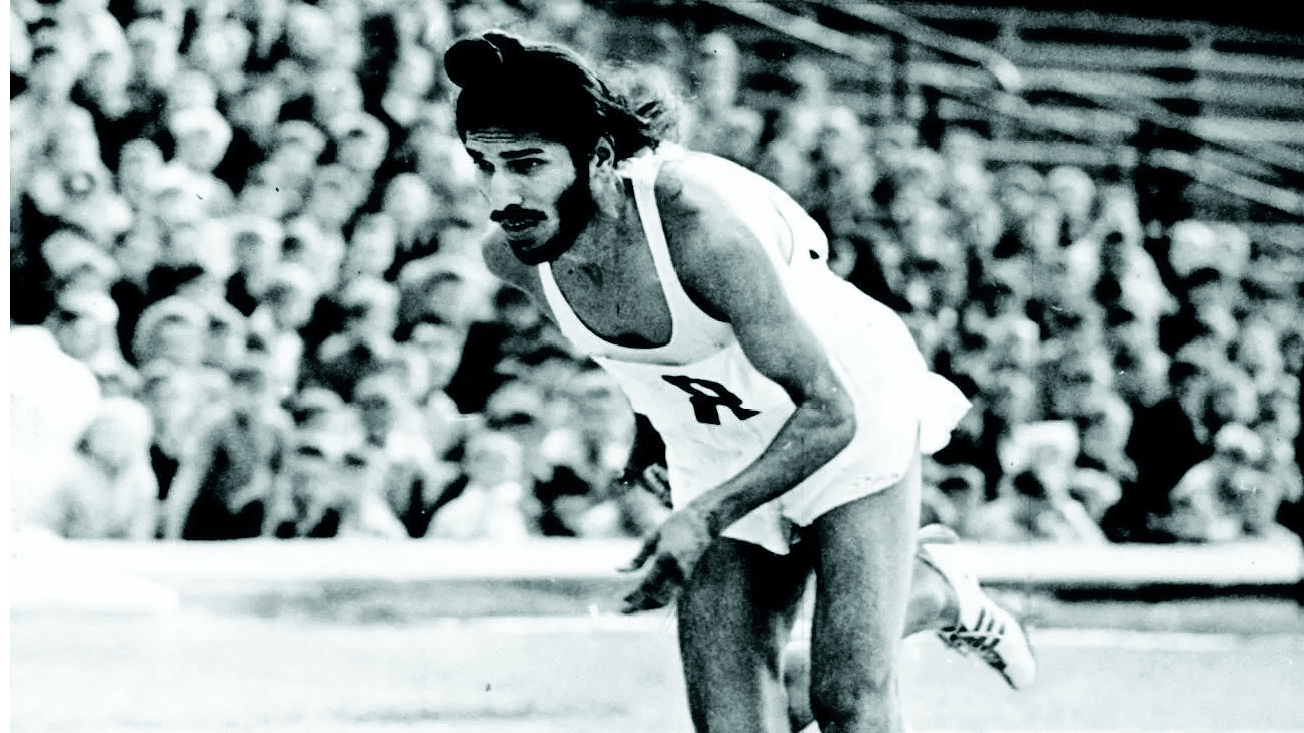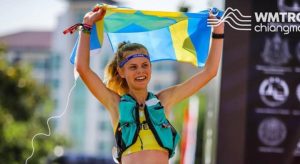The late Milkha Singh’s life story is the stuff of legends — from being orphaned by the post-Partition violence (he witnessed his parents being murdered), seeing his home destroyed to becoming a refugee on the run — he had earned his place in the army through sweat and blood as he finally found his calling. And he has documented it well in his autobiography — written along with his daughter Sonia Sanwalka.
Milkha Singh was independent India’s first track and field star. Other than P.T. Usha, no other Indian track and field athlete has come even close to achieving Singh’s performance at the Olympics.
With an introduction penned by his professional golfer son, Jeev Milkha Singh, and a foreword written by ‘Bhaag Milkha Bhaag’ director Rakeysh Omprakash Mehra, ‘The Race of My Life’ chronicles the story of an orphaned refugee who grew up to become one of Indian sports’ towering figures.
Also Read | How did Milkha Singh get the title of ‘Flying Sikh’?
1. His disappointment with his debut performance at the 1956 Melbourne Olympics.
“I returned to India, chastened by my poor performance in Melbourne. I had been so excited by the prospects of being part of the Indian Olympics team, but naïvely, hadn’t realized how strong and professional the competition would be. My success in India had filled me with a false sense of pride and it was only when I was on the track that I saw how inconsequential my talents were when pitted against superbly fit and seasoned athletes. It was then that I understood what competition actually meant, and that if I wanted to succeed on the international arena, I must be prepared to test my mettle against the best athletes in the world.”
2. When he decided to make sprinting the sole focus of his life.
“Running had thus become my God, my religion and my beloved.
My life during those two years was governed by strict rules and regulations and a self-imposed penance. Every morning I would rise at the crack of dawn and after the usual ablutions, would get into my sports kit and dash off to the track, where I would run two or three miles cross-country, in the company of my coach. After the run I would do stretching exercises to develop my muscles.”
Also Read | Anguished: Internet reacts to the death of legendary athlete Milkha Singh
3. On how he pushed himself through the tough days of vigorous training
“I practised so hard and so strenuously that often I was drained of all energy and looked pale as death when the session was complete. There were times when I would increase my speed to such an extent that after my rounds, I would vomit blood or drop down unconscious through sheer exertion. My doctors and coaches warned me, asked me to slow down to maintain my health and equilibrium, but my determination was too strong to give up. My only focus was to become the best athlete in the world.
But then images of packed stadiums filled with cheering spectators, wildly applauding me as I crossed the finishing line, would flash across my mind and I would start again, encouraged by visions of victory.”
4. How adulation and glory can be a double-edged sword
“Adulations and glory can be a double-edged sword that can make or break a celebrity. In the world of sports, fans follow and cheer their favorites particularly when they win and break records, but the moment their hero flatters, their allegiance moves to the next rising star.”
5. His thoughts on how to improve the quality of sports in India
“If we wanted to improve the quality of sports, not only in Punjab but also throughout India, we should all unite and work towards a common goal. But to achieve that goal, each of us should be sincere and dedicated, whether it was the athlete, the coach or the association. Halfhearted measures will not work.”
Also Read | Who was Milkha Singh?
The Flying Sikh died on Saturday after a month-long battle with COVID-19. He had tested positive for the disease last month and had been admitted to PGIMER Chandigarh for treatment.
The 91-year-old had recently lost his wife Nirmal Kaur to post-COVID complications.







